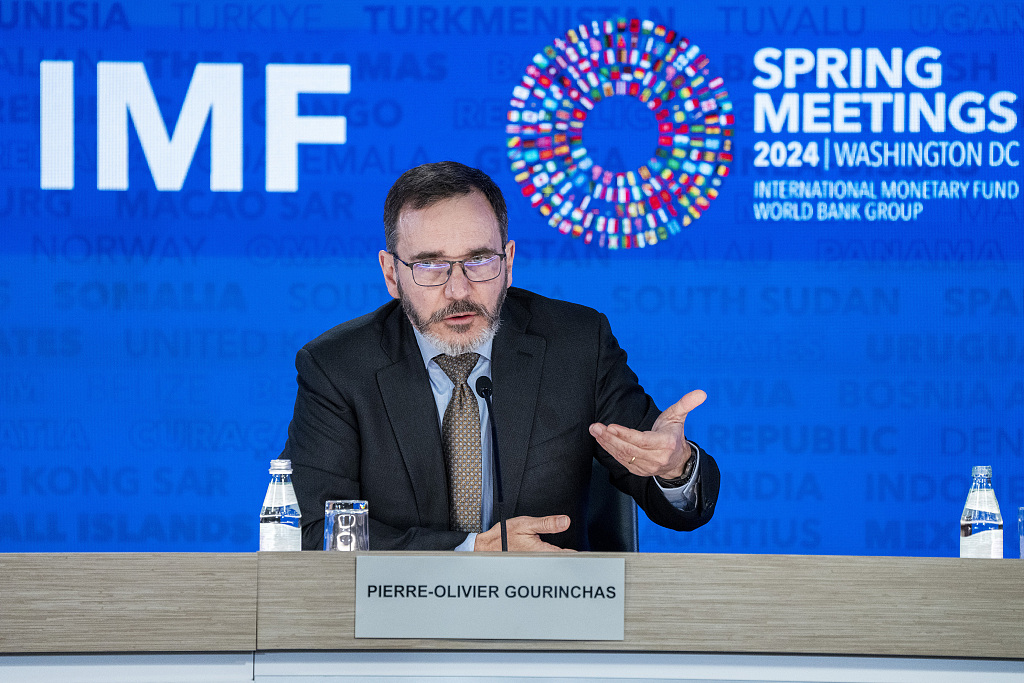China is projected to be the world’s economic champion for the next five years, with its growth bigger than all the Group of Seven (G7) countries combined, according to the International Monetary Fund (IMF) forecast, Bloomberg reported.
China will account for about 21 percent of the world’s new economic activity by 2029, compared to 20 percent from the entire G7, and almost double the nearly 12 percent for the U.S.
In total, around 75 percent of global growth will come from 20 countries, and over half in the top four of China, India, the U.S. and Indonesia, according to Bloomberg.
Over the next few years, Bloomberg Economics projects that G7 members Canada and Italy are expected to contribute less than one percent, a smaller amount compared to countries such as Bangladesh or Egypt, where population growth is driving much of that activity.

IMF upgrades 2024 forecast
On Tuesday, the IMF upgraded its forecast of global economic growth in this year to 3.2 percent, 0.1 percentage points higher than its projection in January, according to its newly released World Economic Outlook (WEO) report.
Pierre-Olivier Gourinchas, chief economist of the IMF and director of the Research Department, said that despite gloomy predictions, the global economy remains remarkably resilient, with steady growth and inflation slowing almost as quickly as it rose. The IMF chief economist told a press briefing during the 2024 Spring Meetings of the IMF and the World Bank that “most indicators continue to point to a soft landing.”
With less economic scarring from the crises of the past four years, the IMF estimates that there will be more scarring for low-income developing countries, many of which are still struggling to turn the page from the pandemic and cost-of-living crises, Gourinchas has said, noting that numerous challenges remain, and decisive actions are needed.
The WEO report showed that the latest forecast for global growth five years from now, at 3.1 percent, is at its lowest in decades. The IMF estimates that global headline inflation is expected to fall from an annual average of 6.8 percent in 2023 to 5.9 percent in 2024 and 4.5 percent in 2025, with advanced economies returning to their inflation targets sooner than emerging market and developing economies.
The IMF chief economist pointed out that oil prices have been rising recently in part due to geopolitical tensions and services inflation remains stubbornly high.
The report pointed out several downside risks such as new price spikes stemming from geopolitical tensions, including those from the Ukraine crisis and the Gaza-Israel conflict, could, along with persistent core inflation where labor markets are still tight, raise interest rate expectations and reduce asset prices.
A divergence in disinflation speeds among major economies could also cause currency movements that put financial sectors under pressure, the report said, adding that high interest rates could have greater cooling effects than envisaged as fixed-rate mortgages reset and households contend with high debt, causing financial stress.























